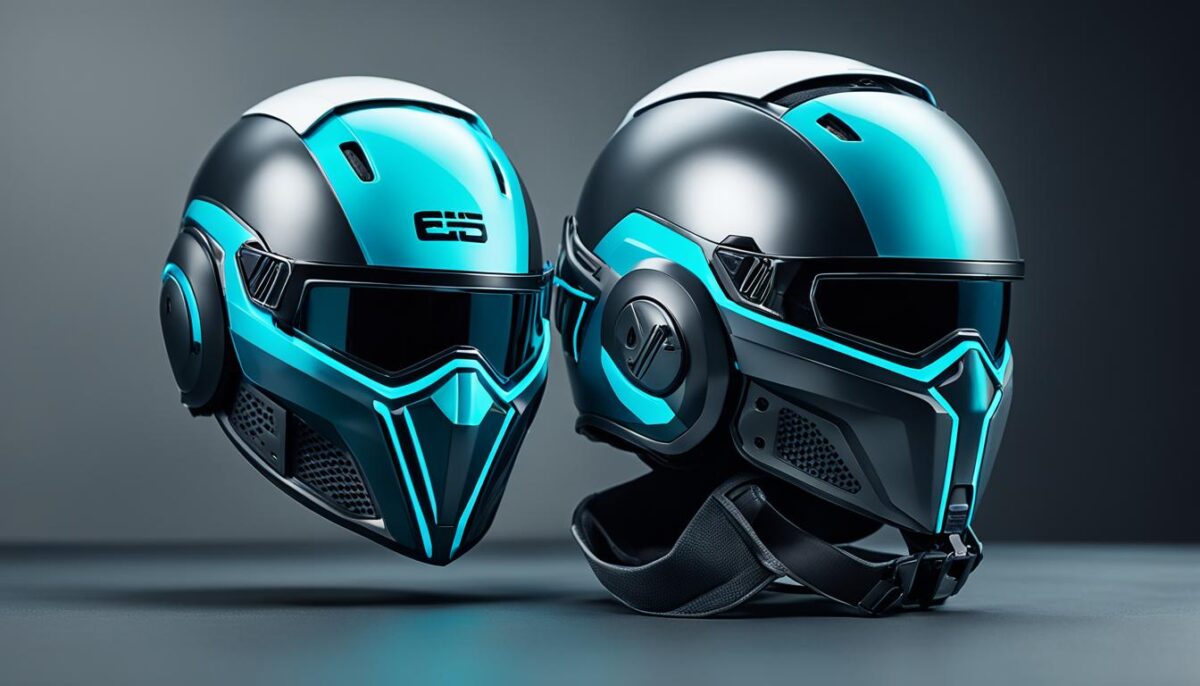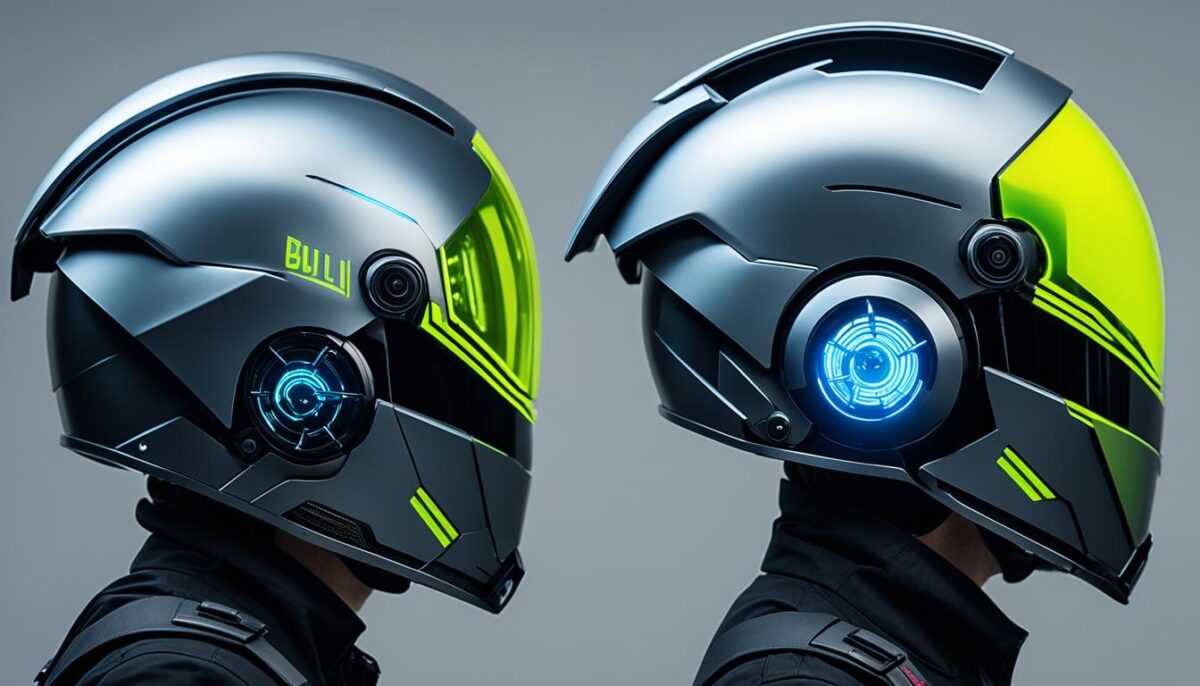As we step into 2024, we find ourselves amidst a remarkable evolution in helmet technology. Recent years have seen significant advancements driven by our need for increased helmet safety, comfort, and enhanced functionality. Whether we’re bikers navigating busy streets, motorcyclists enjoying weekend rides, or industrial workers on the job site, our reliance on helmets for head protection remains unwavering.
Innovative helmet designs are emerging that not only elevate safety standards but also improve our overall experience. According to the Bicycle Helmet Safety Institute, the latest materials are being utilized to enhance impact resistance while ensuring that helmets remain lightweight. The National Highway Traffic Safety Administration (NHTSA) has noted a rise in helmet usage and effectiveness, highlighting the importance of these 2024 helmet advancements. Furthermore, improved ventilation techniques can significantly affect user comfort during long rides, as reported by the International Council on Air Quality. These developments exemplify our collective commitment to enhanced safety and comfort in our various endeavors.
Recent Advancements in Helmet Design
The latest advancements in helmet design reflect a significant shift toward enhancing user experience and safety. Brands are diligently updating their products with lightweight helmet materials and innovative features that focus on comfort and fit. The modern helmet is not only protective but also designed to be worn longer without making us feel fatigued.
Lightweight Materials for Enhanced Comfort
Companies like MIPS and O’Neal have revolutionized the market by developing advanced composites that ensure both high safety standards and minimal weight. These lightweight helmet materials make it possible for us to enjoy outdoor activities for extended periods without the discomfort traditionally associated with heavier models.
Recent findings from the American Society for Testing and Materials emphasize that these materials have improved impact performance, making them a popular choice for leading helmet brands. A study by the University of Nevada further demonstrates that lighter helmets reduce fatigue among cyclists and motorcyclists, enhancing our overall riding experience.
Custom Fit Systems for Personalized Safety
In today’s market, helmet comfort innovations extend beyond just weight reduction. Custom fit systems are steadily becoming a standard feature, allowing us to achieve a snug, personalized helmet fit. This aspect of personalized helmet safety is crucial because proper fit not only boosts comfort but also maximizes protection during a fall or collision.
The evolution of these fit systems has led to a variety of adjustable mechanisms, ranging from simple padding adjustments to sophisticated dial systems. As a result, we are able to tailor our helmets to our unique head shapes and sizes. This meticulous attention to fit enhances both the safety and comfort we experience while wearing our helmets.

Helmet Technology: Safety Features on the Rise
As we embrace new cycling adventures, the evolution of helmet safety features is becoming increasingly vital for our protection on the road. Innovations such as smart helmets are leading the way, offering us connectivity alongside crucial safety functionalities. Brands like Coros and Livall have stepped up by integrating Bluetooth technology, lights, and audio systems into their designs. According to the Consumer Technology Association, these smart helmets are gaining popularity, as users recognize their ability to enhance both safety and connectivity while riding.
Smart Helmets with Integrated Technology
The introduction of smart helmets marks a significant shift in helmet safety features. These helmets not only provide protection but also integrate technology that enhances our riding experience. Studies from the Journal of Bicycle Safety highlight that helmets with built-in lights can drastically reduce accident rates in poor visibility. By staying connected and visible, we can navigate our rides with greater security and ease.
Improved Impact Absorption Methods
When it comes to helmet safety, advanced impact absorption technology has seen remarkable progress. Companies are now experimenting with various materials and designs that enhance energy dispersion upon impact, which ultimately helps to protect our heads during unfortunate accidents. With these innovative approaches, we can feel more secure knowing that our helmets provide robust protection against potentially serious injuries.
Ventilation and Heat Management Innovations
Finally, we cannot overlook the importance of comfort during our rides, and that’s where advancements in helmet ventilation innovations come into play. New designs focus on optimizing airflow, helping us stay cool and comfortable during longer rides. By combining effective ventilation with enhanced safety features, modern helmets are becoming more appealing than ever, allowing us to enjoy our cycling endeavors without compromising on safety.

